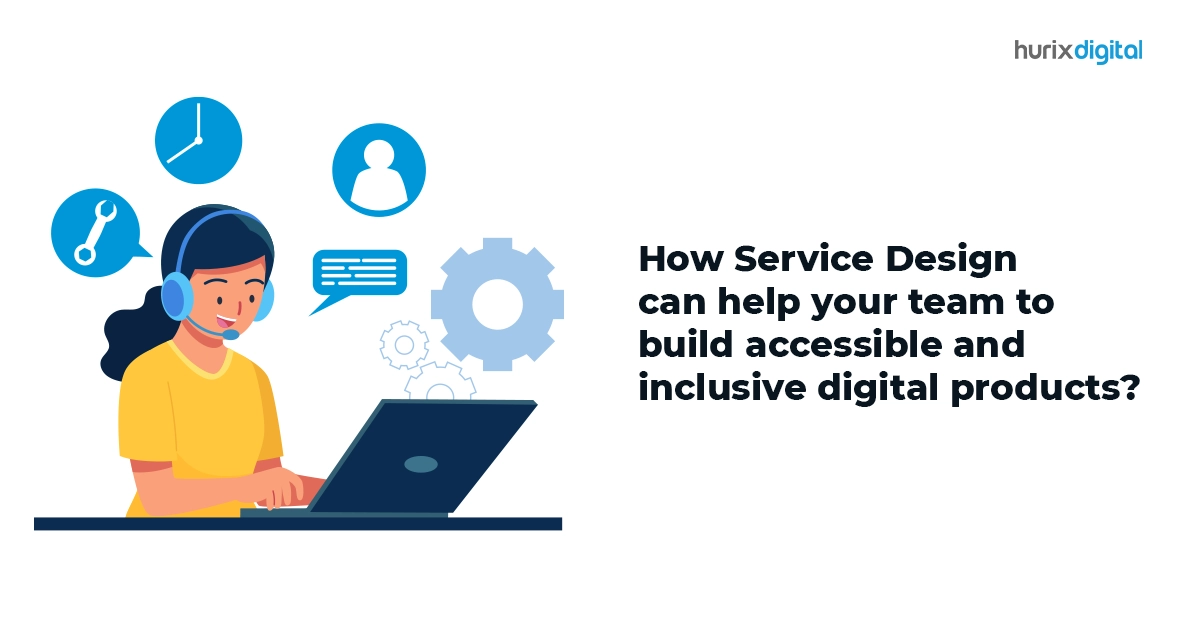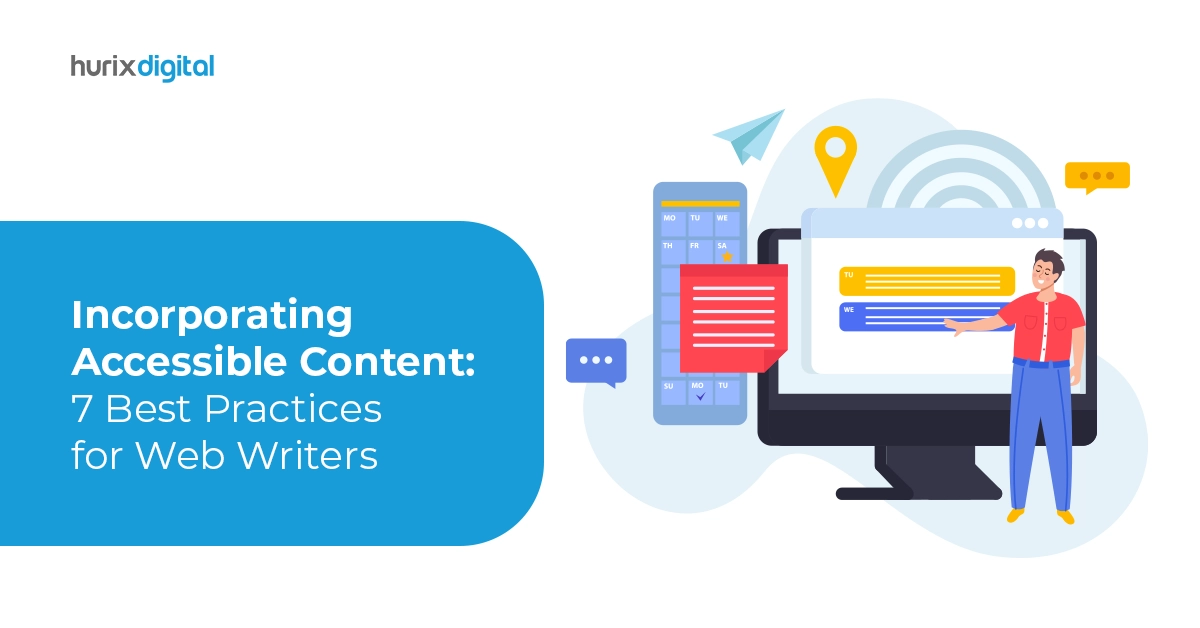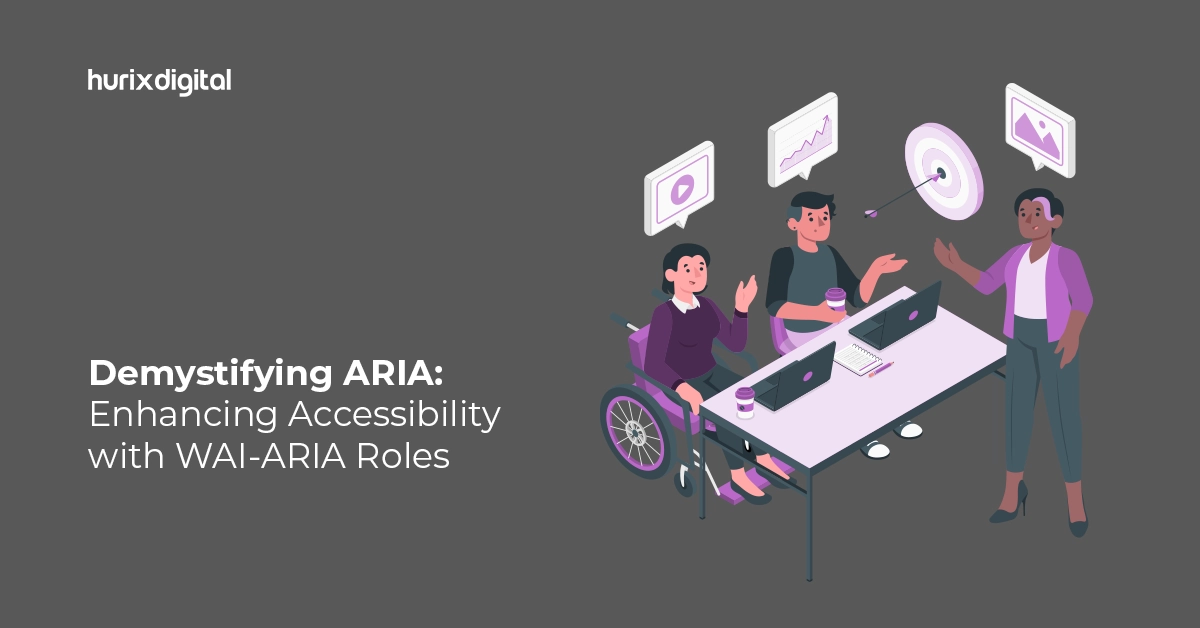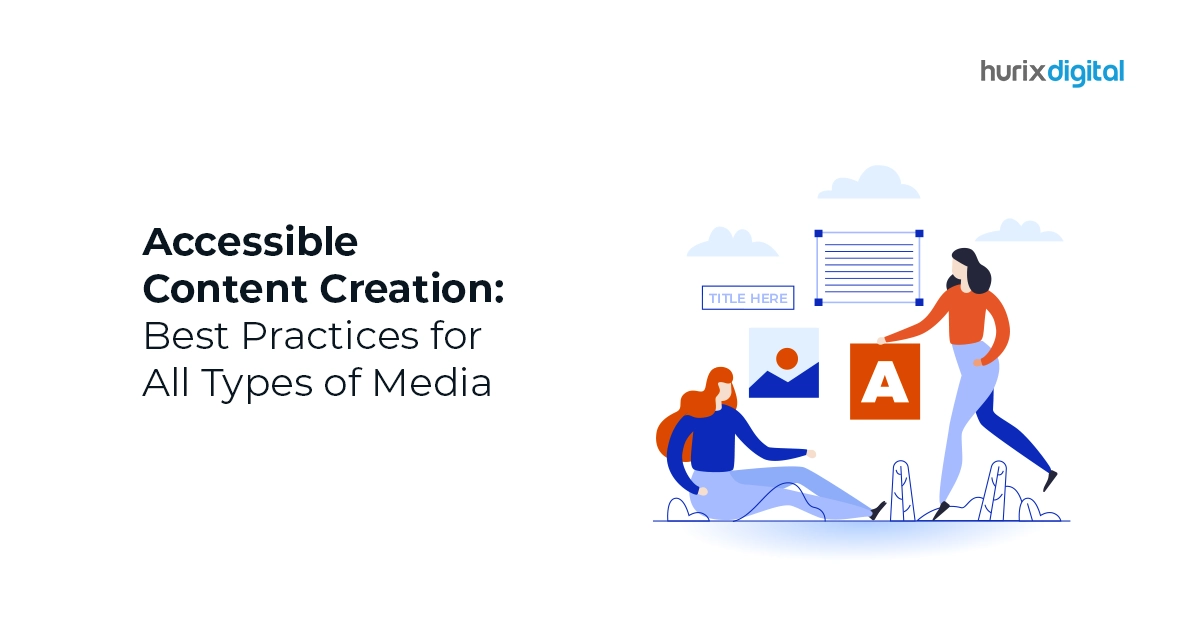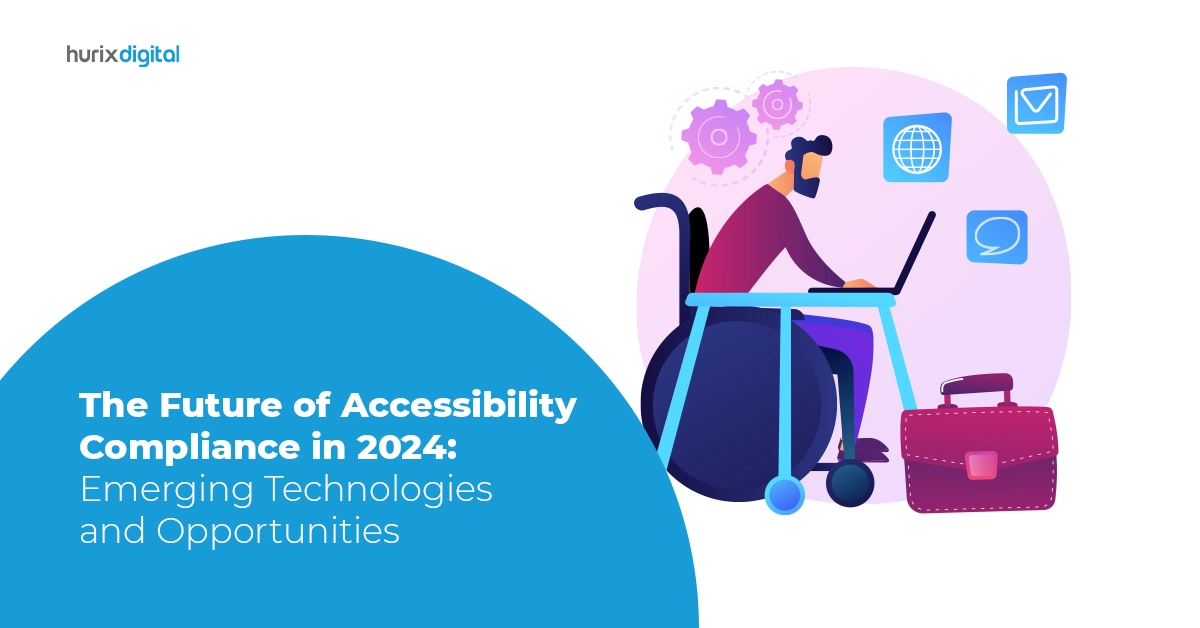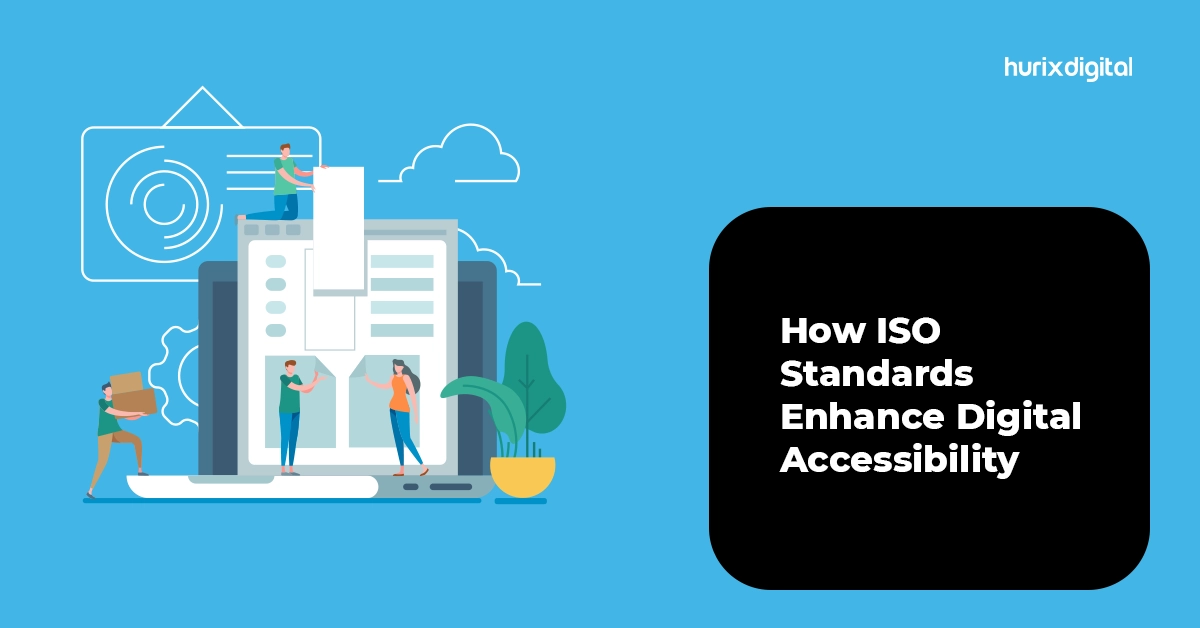Summary
Explore the transformative impact of service design on digital accessibility. From human-centered design principles to accessibility best practices, learn how service design can help your team build inclusive digital products. Embrace the journey of creating accessible experiences with our tailored accessibility solutions.
In the ever-evolving landscape of digital products, accessibility is not just a checkbox—it’s a fundamental aspect of creating inclusive and user-friendly experiences. As teams strive to build products that cater to diverse user needs, service design emerges as a powerful approach to ensure digital accessibility and inclusivity.
Table of Contents
- Understanding Digital Accessibility: More Than a Checkbox
- The Role of Service Design in Accessibility Solutions
- Why Accessibility Matters in Service Design
- Digital Inclusion Through Accessibility Best Practices
- Challenges and Solutions in Accessibility in Digital Products
- Tactical Tips to Drive Product Accessibility
- Embracing Accessibility Solutions in Service Design
- Conclusion
We live in an increasingly digitized era where accessing products and services online has become the norm. However, around 15% of the global population, including differently-abled communities, elderly citizens and more deal with various access barriers while using websites, apps, kiosks and other digital touchpoints.
This is where the rising field of service design comes in – an interdisciplinary approach that puts human needs at the core to shape inclusive digital product experiences. Let’s explore how service design and its user-centric processes manifest the promise of “digital accessibility” – making digital platforms optimally perceivable, operable, understandable and robust for the diversity of audiences seeking to use them.
Understanding Digital Accessibility: More Than a Checkbox
Digital accessibility goes beyond compliance; it’s about ensuring that digital products are usable by everyone, regardless of their abilities or disabilities. Incorporating accessibility in digital products is a commitment to providing an inclusive experience for all users. This is where service design becomes a key player in the game.
Also Read: How Digital Accessibility Companies Help You Promote Accessibility
The Role of Service Design in Accessibility Solutions
Service design, at its core, is a holistic approach that focuses on creating seamless and meaningful experiences for users. When applied to digital products, service design not only considers the user interface but the entire user journey, from start to finish. This approach proves to be invaluable in addressing accessibility in digital products.
Digital Accessibility: The Heart of Human-Centered Design
Human-centered design is a central tenet of service design, and it aligns perfectly with the goals of digital accessibility. By putting users at the forefront of the design process, teams can better understand their needs, preferences, and challenges. This results in the creation of digital products that are not just usable but enjoyable for a broader audience.
In the realm of accessibility in digital products, human-centered design becomes a guiding principle. It involves actively seeking input from users with diverse abilities, considering their perspectives, and incorporating their feedback throughout the design and development process. This ensures that the final product is tailored to meet the needs of a wide range of users.
Also Read: How Vital is Web Accessibility in The Digital World?
Why Accessibility Matters in Service Design
For service design thriving on empathy, accessibility forms a crucial component. Inclusive service experiences rely on recognizing and catering to customers dealing with limitations – whether permanent disabilities or temporary constraints.
Universal access principles must permeate digital product design flows to prevent excluding segments of your audience. Else you face reputational risks and lose out on revenue from that ignored demographic wanting easier access.
“Accessibility in digital products” brings multi-fold value:
- Expanded audience reach and market share
- Legal compliance with disability regulations
- Innovation sparked by solving for niche needs
- Ripple improvements augmenting overall usability
That’s why baking “digital accessibility” into online service ecosystems via service design processes is vital.
Also Read: Navigating Accessibility Standards: A Comprehensive Guide to WCAG & Web Content Accessibility
Digital Inclusion Through Accessibility Best Practices
To achieve digital inclusion, it’s crucial to adopt accessibility best practices. These practices encompass various aspects of design, development, and user experience. Service design plays a pivotal role in integrating these practices seamlessly into the product development lifecycle.
- Inclusive User Research: Service design involves comprehensive user research. Including participants with diverse abilities in this research phase ensures that the design team gains valuable insights into the specific needs and challenges of different user groups.
- Collaborative Ideation: Accessibility solutions often emerge from collaborative ideation sessions. Service design encourages cross-functional collaboration, bringing together designers, developers, accessibility experts, and end-users to brainstorm and ideate inclusive features.
- Prototyping for Accessibility: Prototyping is a key element in service design. By creating accessible prototypes, teams can test and refine the user experience for different accessibility requirements. This iterative process helps in identifying and addressing potential barriers early in the design phase.
- User Testing with Accessibility in Mind: Human-centered design, embedded in service design, emphasizes continuous user testing. Testing digital products with users of varying abilities helps in uncovering usability issues and refining the design for optimal accessibility.
Also Read: 6 Ways Accessibility Solutions Help in Business Growth
Challenges and Solutions in Accessibility in Digital Products
While the importance of digital accessibility is widely acknowledged, teams often face challenges in its implementation. This is where service design excels by offering practical solutions to overcome these hurdles.
1. Challenge: Lack of Awareness
Solution: Incorporate accessibility training into the onboarding process for design and development teams. Service design can include ongoing education initiatives to ensure that everyone involved is well-versed in accessibility best practices.
2. Challenge: Limited Budget and Resources
Solution: Prioritize accessibility in the project roadmap from the outset. Service design allows teams to allocate resources efficiently, identifying critical touchpoints where accessibility can have the most significant impact.
3. Challenge: Evolving Accessibility Standards
Solution: Stay informed and adapt. Service design encourages a flexible approach, enabling teams to evolve alongside changing accessibility standards. Regular reviews and updates ensure ongoing compliance and inclusivity.
Tactical Tips to Drive Product Accessibility
With service design embedded strategically, product teams can drive “digital accessibility” operationally by:
- Adhering to guidelines like WCAG 2.1 when structuring site content with elements like headers, alt text etc.
- Choosing flexible tech architectures facilitating assistive add-ons or features later.
- Creating design libraries and style guides covering color contrast, iconography for teams.
- Rigorously vetting third-party content or tools to not introduce access barriers.
- Adding accessibility acceptance criteria within definition of done for user stories.
- Conducting end-user validation visits or remote tests with participants facing limitations.
This way product delivery pipelines stay geared to manifest accessibility in released digital experiences via purpose-driven processes.
Also Read: What’s the Difference Between WCAG 2.0 and WCAG 2.1?
Embracing Accessibility Solutions in Service Design
The synergy between service design and accessibility in digital products becomes evident when teams consciously integrate accessibility solutions into their processes. This collaboration results in products that not only meet regulatory requirements but also exceed user expectations.
Accessibility in Digital Products: A Journey, Not a Destination
Digital inclusion is an ongoing journey, and service design provides the roadmap. By consistently incorporating accessibility best practices and human-centered design principles, teams can create products that resonate with users of all abilities. From the initial concept to the final iteration, accessibility becomes a thread woven into the fabric of the product.
Conclusion
Digital accessibility is not just a necessity—it’s an opportunity for innovation and inclusivity. Leveraging service design as a strategic approach ensures that accessibility is not an afterthought but an integral part of the product development process.
Need help kickstarting your accessibility service design practice? Get in touch with digital transformation experts at Hurix Digital to learn how our user-centric design sprints and agile delivery frameworks manifest digital products leaving no user behind.


